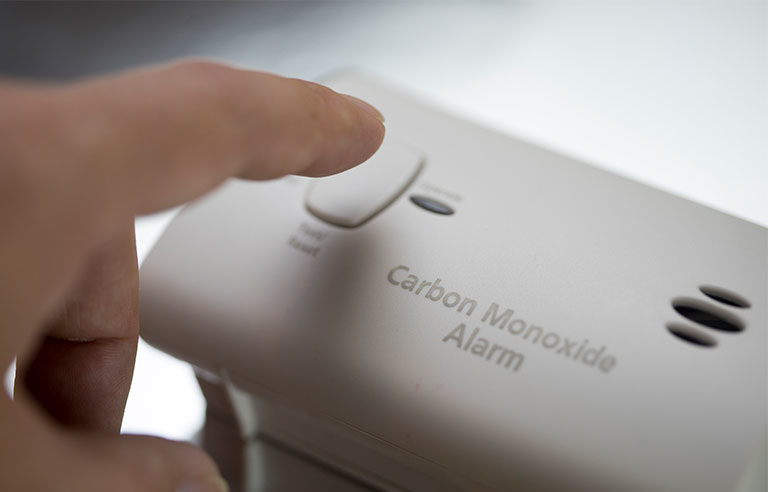Protect against carbon monoxide poisoning

The risk of carbon monoxide poisoning increases during the winter months, when home heating systems kick into high gear. Each year in the United States, unintentional carbon monoxide poisoning kills at least 430 people and sends roughly 50,000 more to ERs, the Centers for Disease Control and Prevention says.
How can you keep you and your family safe from the colorless and odorless gas? For starters, know your home’s sources of carbon monoxide. “CO is found in fumes produced by furnaces, kerosene heaters, vehicles ‘warmed up’ in garages, stoves, lanterns and gas ranges, portable generators, or by burning charcoal and wood,” the CDC says.
If carbon monoxide builds up in an enclosed or partially enclosed space, people and animals can die from breathing it in. Symptoms of poisoning include headache, dizziness, weakness, vomiting, chest pain and confusion.
According to the CDC, you can help prevent carbon monoxide poisoning by:
- Changing the batteries in your carbon monoxide detector every six months. If you don’t have a carbon monoxide detector with a battery backup, get one.
- Having your heating system and any other gas-, oil- or coal-burning appliance checked by a qualified technician every year.
- Keeping vents and flues clear of debris and snow, which can block ventilation lines.
- Never running a motor vehicle, generator, or other gas-powered engine in an enclosed area (a garage or basement, for example) or less than 20 feet from an open window, door or vent.
If you suspect carbon monoxide poisoning, call 911 immediately.
Post a comment to this article
Safety+Health welcomes comments that promote respectful dialogue. Please stay on topic. Comments that contain personal attacks, profanity or abusive language – or those aggressively promoting products or services – will be removed. We reserve the right to determine which comments violate our comment policy. (Anonymous comments are welcome; merely skip the “name” field in the comment box. An email address is required but will not be included with your comment.)
